
When I ask, “Would you like to Exercise today? “, occasionally I hear a negative answer: “I used to exercise but now I can’t.“ That may mean I can’t run a mile anymore or play tennis or 18 holes of golf. But everyone can exercise in some way. Many exercises can be done sitting in a chair or standing beside a sturdy chair or even laying on the bed. To get started, all it takes is a “CAN DO“ attitude.
An article, Obtaining a “Can Do” Attitude By Celeste Stewart from lifescript.com reports: “A “can do” attitude is a conviction that shows the world that whatever needs to be done, can and will get done. Unfortunately, many people have a tendency to focus on what can’t be done rather than what can be done. These days especially, we are experiencing “the must and must not do.” It’s time to take the “Can Do” attitude.
Developing a “can do” attitude requires shifting focus from “I can’t” to “I can.” Pay attention to what you are saying and hearing. How much of that is negative? How can you reword it to make it positive? If someone is complaining all the time, try to shift the conversation.
Take responsibility. When facing an obstacle, are you quick to blame other people or circumstances? Instead of placing blame, take responsibility for the challenge and work to overcome it. What can I do?
Take action and follow through. Procrastination will bog you down so don’t fall into the trap of
putting off your tasks. Set your mind to doing something and then do it. Keep going until you reach your goals. If you must take it a small step at a time, that’s fine – as long as you are taking those steps.
Take the positive direction. Surround yourself with other positive people. Energy, both positive and negative, is infectious. Aligning yourself with other can-doers will bring out the best in you.
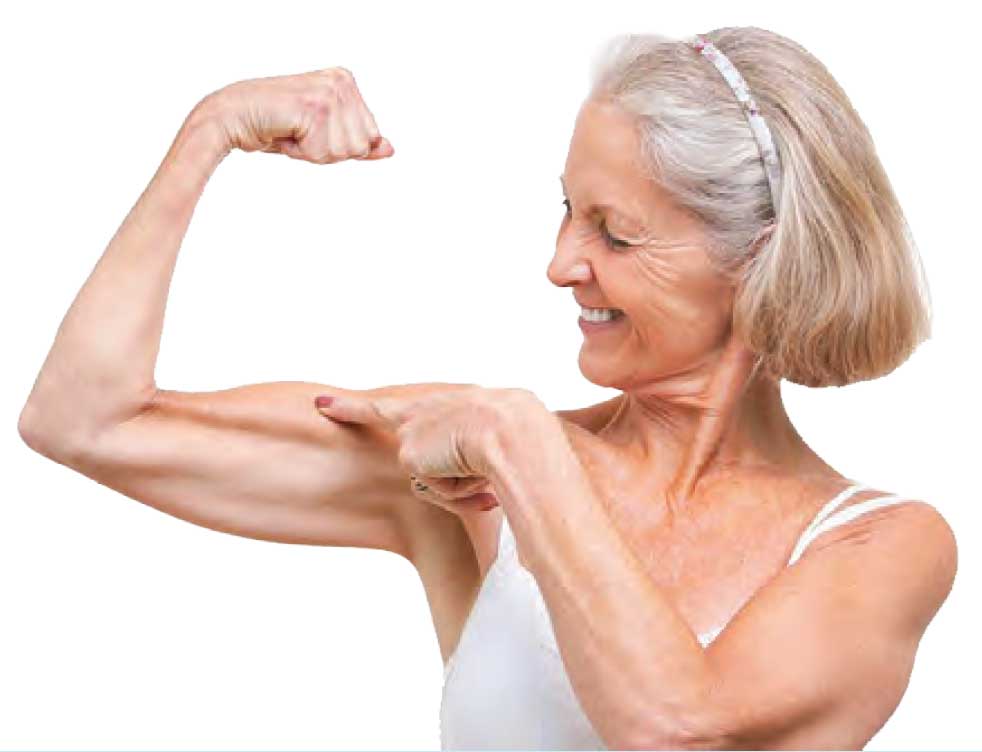
Adopting a “can do” attitude can change your life. With the right attitude, your health can improve. Whatever your goal is, applying the “can do” spirit will help you reach it. No one says it’s going to be easy. In fact, it takes determination, confidence, and initiative. In addition, this new attitude requires a whole new way of thinking. This positive approach will pay off as you become more self-confident and see steps towards your goals accomplished.
Joining one of our exercise classes offered will put you into company with many “CAN-DOERS” who encourage each other to do what they can to get stronger and stay fit. Start small and work up gradually. If you have been out of the exercise habit for a while, start with 15 minutes of easy to moderate exercise and add 5 min a week to your schedule. After a month you will be up to 30 minutes which is the recommendation of CDC. Thirty minutes for 5 days per week add up to 150 minutes of exercise which has been recommended by Arthritis Foundation. Yoga Stretch on Channel 10 Mondays and Wednesdays at 12:45 is a good
class for beginners (that can be done seated if necessary.) While walking hallways is always a good beginning. Mary Hand will be glad to help you get started in the Oasis with using the equipment and encourage you in whatever exercise plan you want to take.
Remember the scripture, “I CAN DO all things through Christ who strengthens me. “ Philippians 4:13
And don’t forget the children’s book The Little Engine That Could who told himself, “I think I CAN: I think I CAN: I think I CAN.”

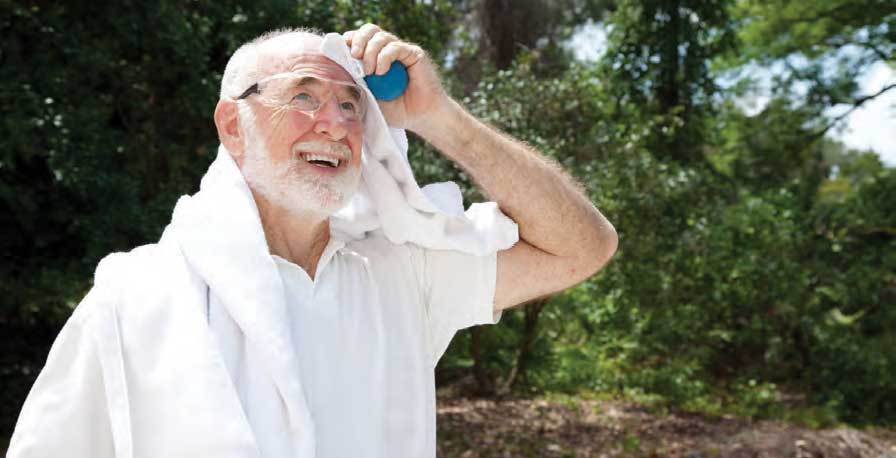
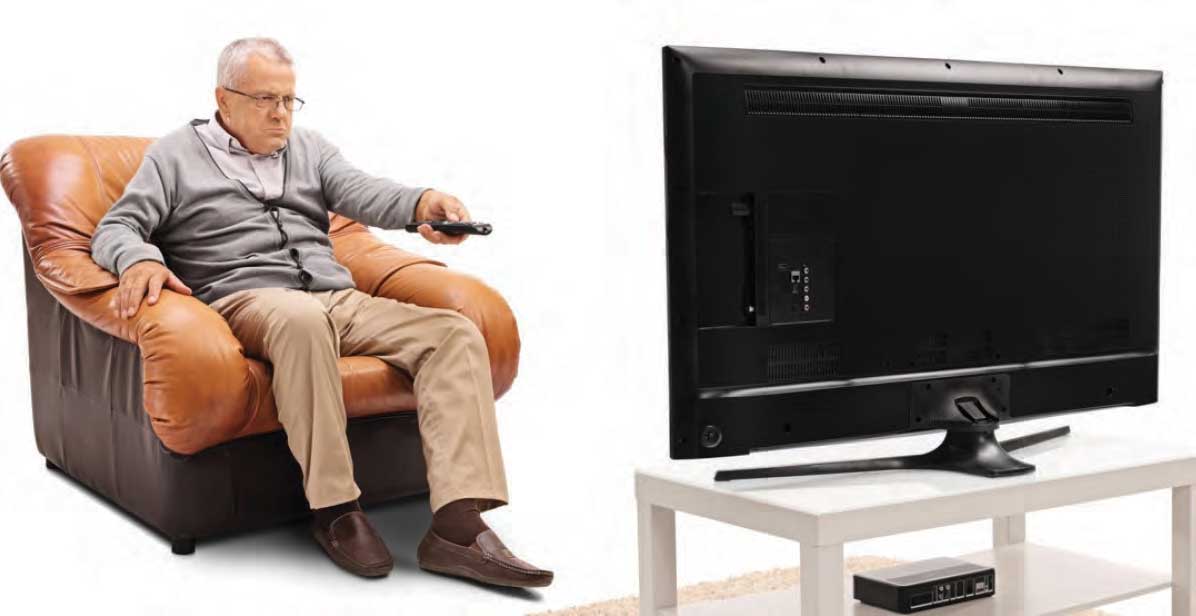
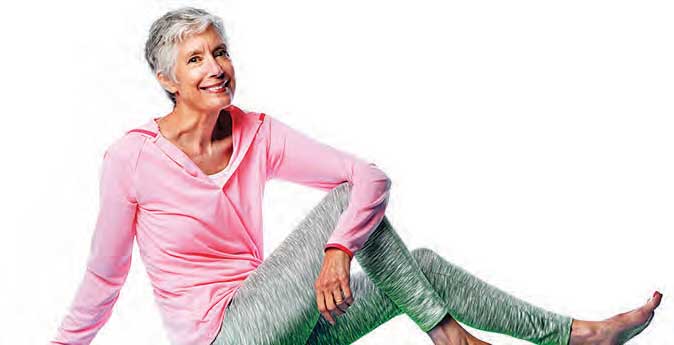
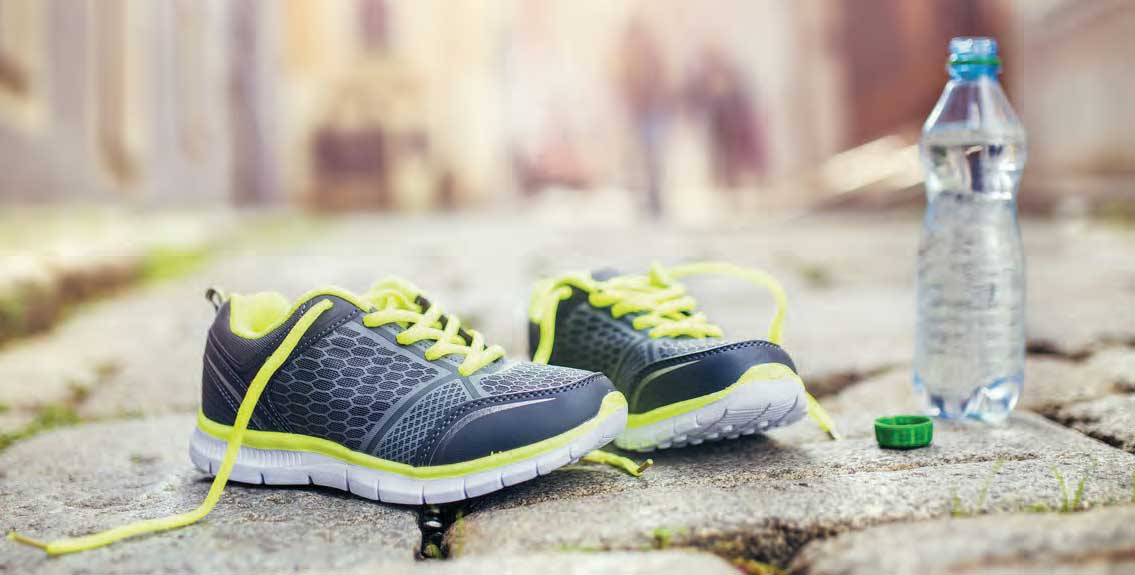
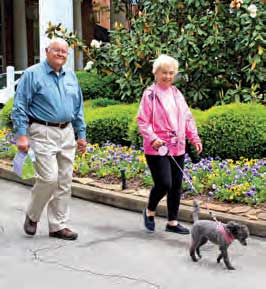 The Lucy Lopers
The Lucy Lopers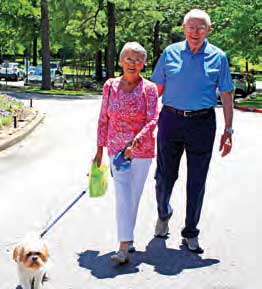 The Chippers
The Chippers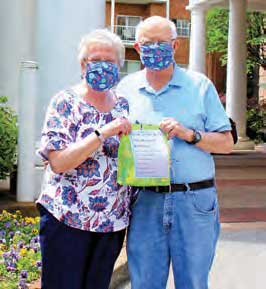 The Maxwell Ramblers
The Maxwell Ramblers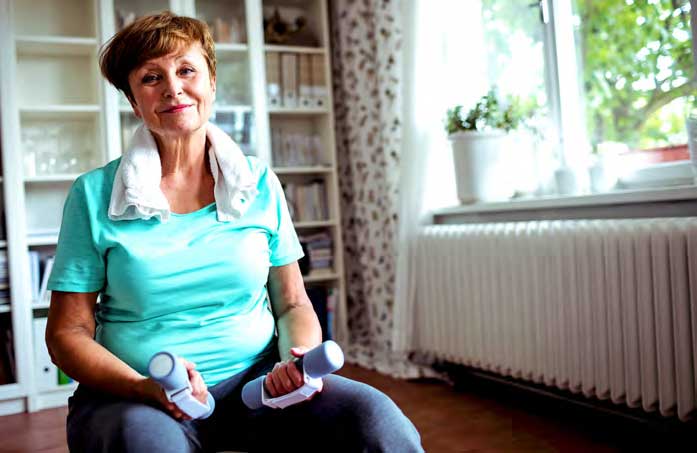
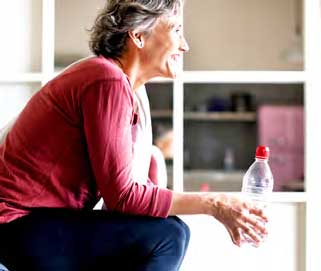 Safety is the utmost concern in your exercise program. If you are new to exercise, start slow, limit your first week to about 15 minutes at a time whether you are walking or following an exercise program. If you feel short of breathe slow down or stop altogether to restore your normal breath rate. You know if you are working hard enough if you are breathing a little faster but can still carry a normal conversation. If you feel light-headed or dizzy, sit down immediately. If you experience chest pain, or other sharp pain different from the usual ache, dizziness lasting more than fifteen minutes, difficulty breathing or other serious symptoms, get assistance immediately. Keep a phone nearby for emergencies.
Safety is the utmost concern in your exercise program. If you are new to exercise, start slow, limit your first week to about 15 minutes at a time whether you are walking or following an exercise program. If you feel short of breathe slow down or stop altogether to restore your normal breath rate. You know if you are working hard enough if you are breathing a little faster but can still carry a normal conversation. If you feel light-headed or dizzy, sit down immediately. If you experience chest pain, or other sharp pain different from the usual ache, dizziness lasting more than fifteen minutes, difficulty breathing or other serious symptoms, get assistance immediately. Keep a phone nearby for emergencies. Wear comfortable clothes that do not bind and sturdy shoes to give your feet good support (no sandals or flip-flops or high heels). When doing standing exercises, be sure the floor is not slippery and you are within an arm’s length to the back of the chair. A hand on the back of the chair can be useful for balance support for any standing exercise. On days you cannot trust your balance stay seated in the chair to exercise. Keep a bottle or glass of water nearby to stay hydrated through your class. If it hurts don’t do it or at least modify it to make it comfortable for you.
Wear comfortable clothes that do not bind and sturdy shoes to give your feet good support (no sandals or flip-flops or high heels). When doing standing exercises, be sure the floor is not slippery and you are within an arm’s length to the back of the chair. A hand on the back of the chair can be useful for balance support for any standing exercise. On days you cannot trust your balance stay seated in the chair to exercise. Keep a bottle or glass of water nearby to stay hydrated through your class. If it hurts don’t do it or at least modify it to make it comfortable for you.
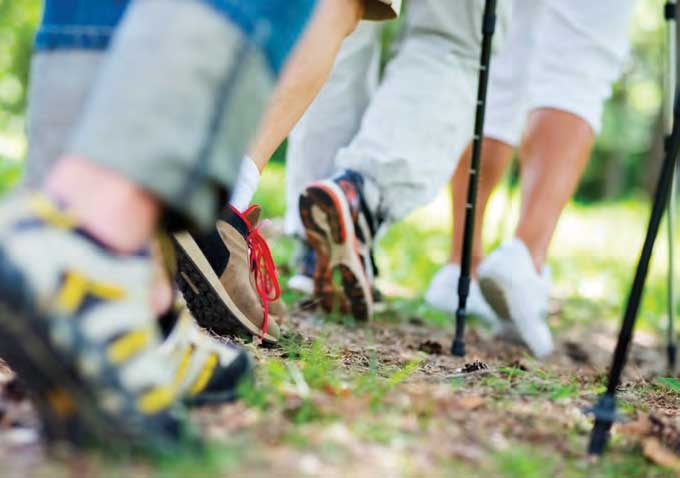

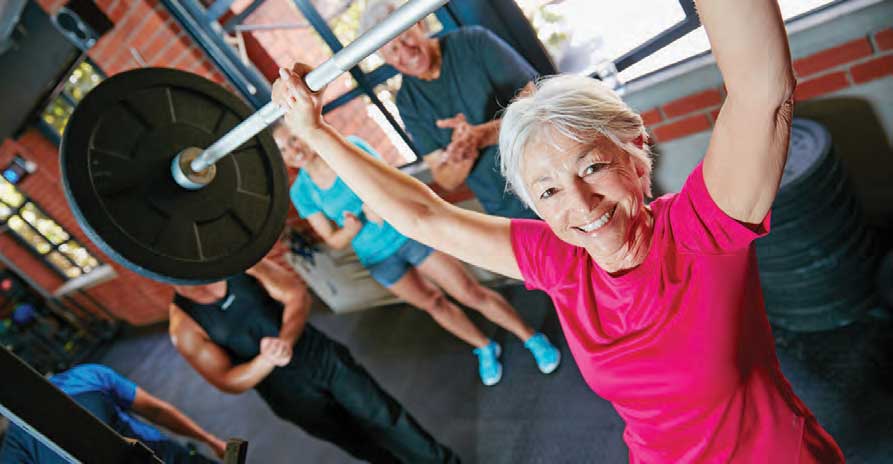
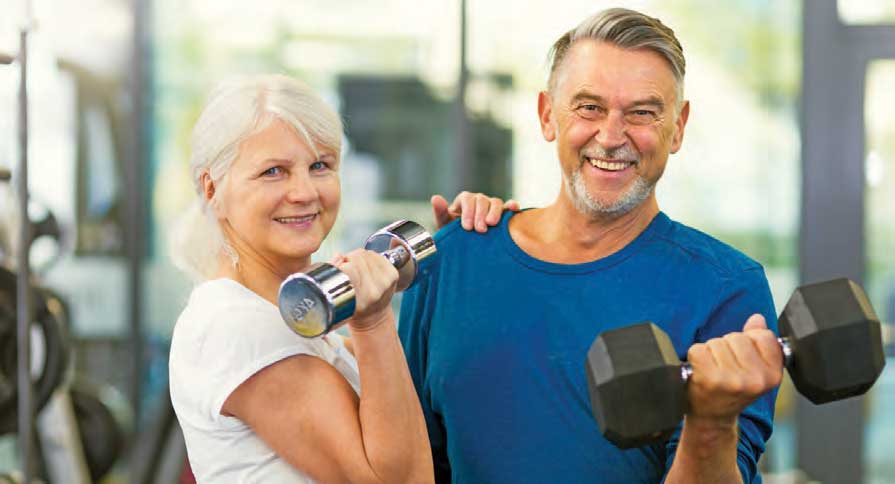

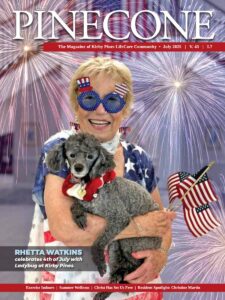

 © 2025 Kirby Pines LifeCare Community. All Rights Reserved |
© 2025 Kirby Pines LifeCare Community. All Rights Reserved | 